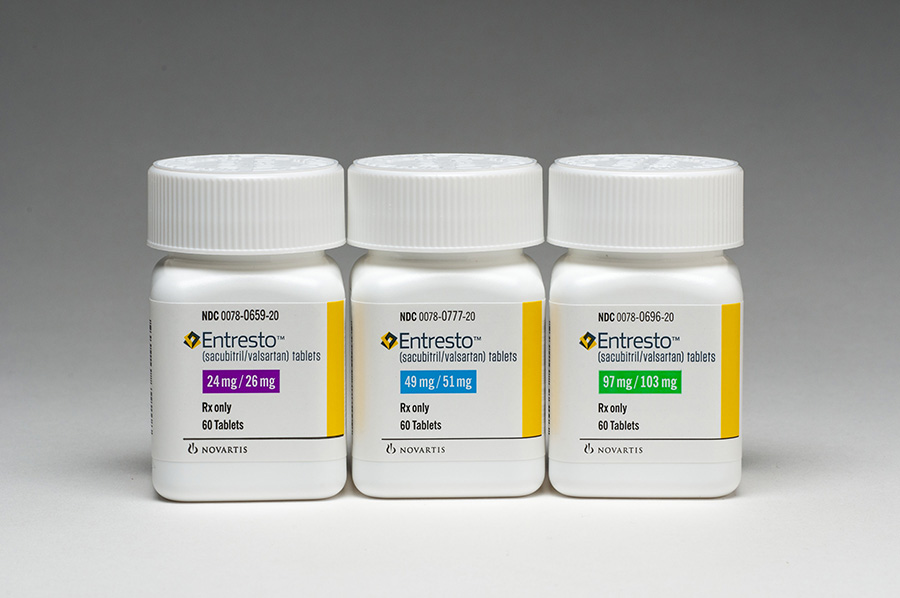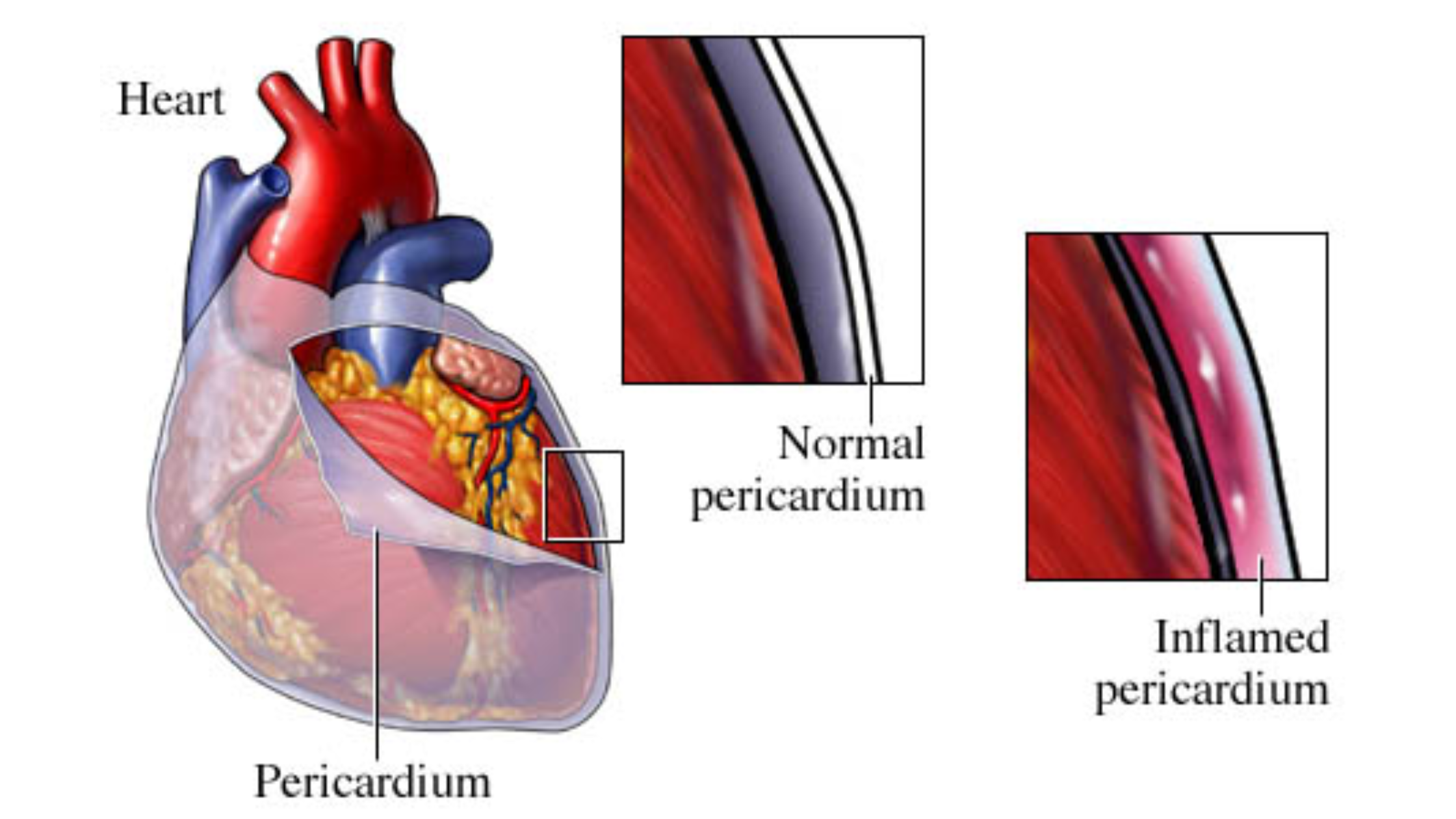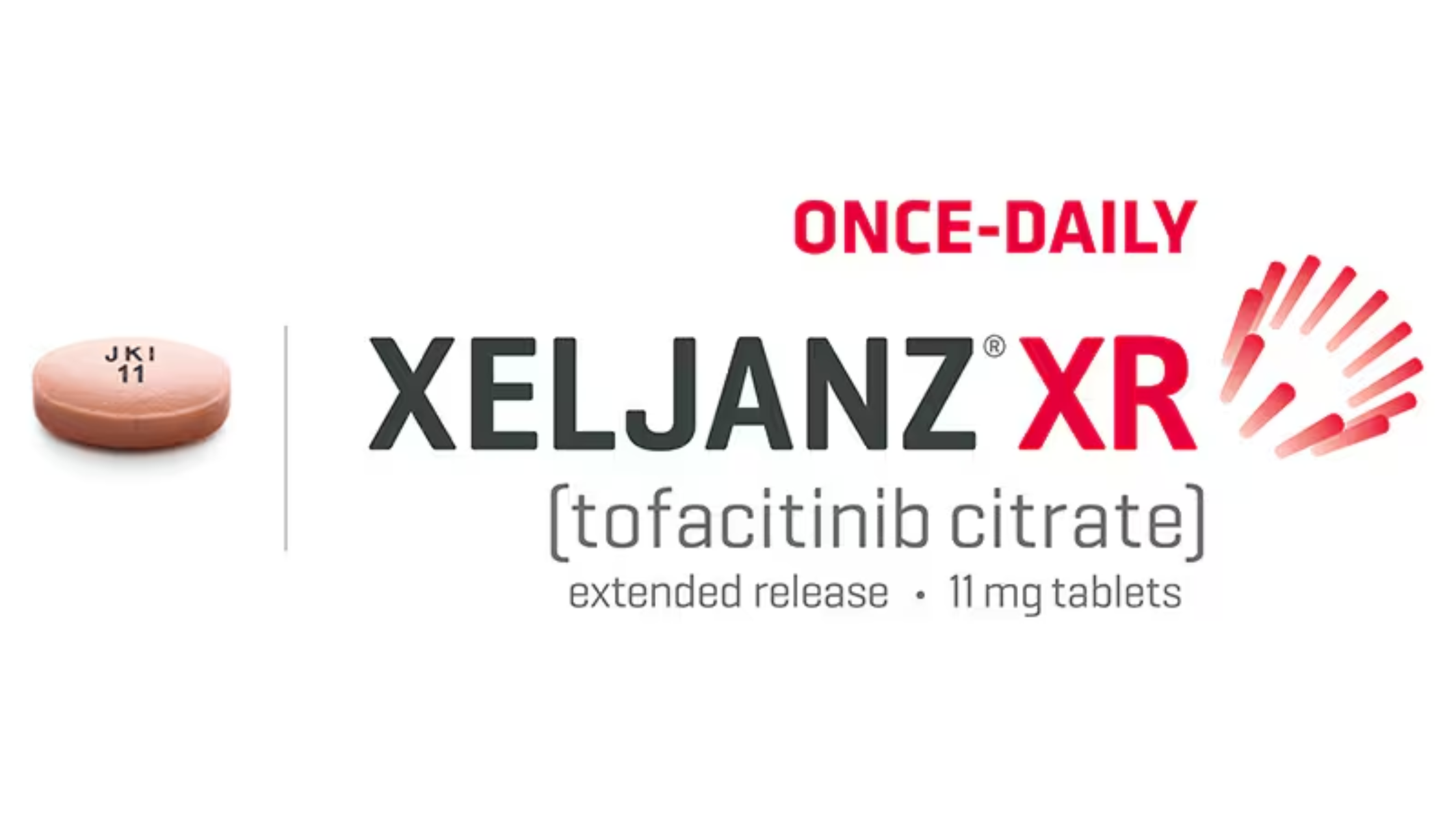Are you curious about Entresto dosage strengths? This comprehensive guide breaks down the available Entresto strengths and how they’re used in heart failure management.
When it comes to managing heart failure with reduced ejection fraction (HFrEF), getting familiar with Entresto dosage strengths is crucial for both clinicians and patients. Entresto has established itself as a cornerstone in modern cardiology protocols, but improper dosing can lead to suboptimal outcomes or serious adverse effects.

Available Entresto Dosage Strengths
Entresto is available in three fixed combination dosage strengths, each containing sacubitril (a neprilysin inhibitor) and valsartan (an angiotensin receptor blocker) in varying amounts:
- Entresto 24 mg/26 mg
- Entresto 49 mg/51 mg
- Entresto 97 mg/103 mg
These are oral film-coated tablets, typically taken twice daily. The dual-number labeling reflects the amount of each active ingredient per tablet.
| Entresto Strength | Sacubitril (mg) | Valsartan (mg) |
|---|---|---|
| 24/26 | 24 | 26 |
| 49/51 | 49 | 51 |
| 97/103 | 97 | 103 |
You need to note that the valsartan component in Entresto is not equivalent to the conventional valsartan tablets due to differing salt forms.
How to Choose the Right Entresto Dosage Strength
Starting on the correct Entresto dosage strength depends on several clinical factors:
- Patient’s current blood pressure
- Prior use of ACE inhibitors (ACEi) or angiotensin receptor blockers (ARBs)
- Renal function
- Serum potassium levels
Standard Entresto Initiation:
Most patients begin with Entresto 49/51 mg twice daily. If the patient has tolerated moderate to high doses of ACEi or ARBs previously, this is generally considered safe.
Entresto Low-Dose Initiation:
For patients who are:
- ACEi/ARB naïve
- Switching from low-dose ACEi/ARB therapy
- Systolic blood pressure between 100–110 mmHg
- Have moderate renal impairment or are elderly (≥75 years)
Initiation typically starts with Entresto 24/26 mg twice daily.
Dose Titration Protocol for Entresto
Entresto requires gradual titration to achieve the target therapeutic dose safely while monitoring for hypotension, renal dysfunction, and hyperkalemia.
Recommended titration schedule:
- Start with 24/26 mg or 49/51 mg twice daily based on initial patient factors.
- Double the dose every 2 to 4 weeks as tolerated.
- Target maintenance dose: 97/103 mg twice daily
The goal is to reach the highest tolerated dose for maximal benefit in reducing cardiovascular mortality and hospitalization for heart failure.
Maximum and Maintenance Entresto Dosage Strength
The maximum recommended dose of Entresto is 97/103 mg twice daily. Clinical trials, including the landmark PARADIGM-HF study, demonstrated that patients who reached and maintained this dose experienced significant improvements in survival and reduced hospital admissions.
It’s essential to emphasize that upward titration must be individualized, carefully assessing tolerability at each step.
Important Clinical Considerations When Adjusting Entresto Dosage Strengths
- Washout Period from ACE Inhibitors:
If switching from an ACE inhibitor to Entresto, a 36-hour washout period is mandatory to reduce the risk of angioedema. - Monitoring Parameters:
Before and after adjusting dosage strengths:
- Monitor blood pressure
- Check renal function (serum creatinine and eGFR)
- Assess serum potassium levels
- Renal Impairment Adjustments:
Patients with severe renal impairment (eGFR < 30 ml/min/1.73m²) should initiate at the 24/26 mg twice daily strength, with cautious titration. - Hepatic Impairment Adjustments:
In mild hepatic impairment (Child-Pugh A), no dose adjustment is necessary.
For moderate hepatic impairment (Child-Pugh B), start at 24/26 mg twice daily and titrate cautiously. - Hypotension Management:
If hypotension occurs, dose reduction or temporary interruption of Entresto may be needed before reinitiating at a lower strength.
Entresto Dosage Strengths vs. Clinical Outcomes
The success of Entresto therapy hinges not merely on initiating treatment but on achieving the target strength of 97/103 mg twice daily. Data has consistently shown that reaching this dose correlates with the most significant clinical benefits, including:
- 20% reduction in cardiovascular mortality
- 21% reduction in heart failure hospitalizations
- Improved quality of life scores in heart failure patients
Under-dosing or failure to titrate appropriately diminishes these potential outcomes.
Common Patient Questions About Entresto Dosage Strengths
Q: Can I break or split Entresto tablets?
A: No. Entresto tablets should be swallowed whole with or without food. They are not scored for splitting (For comprehensive reasons, visit, Can Enresto Be Cut in Half?)
Q: What happens if I miss a dose?
A: Take the next dose at the usual time. Do not double up to compensate for a missed dose.
Q: Is it safe to stay on a low Entresto dosage strength long-term?
A: While starting low is necessary for some patients, staying at sub-target doses long-term may limit the full therapeutic benefits. Titration towards 97/103 mg twice daily is recommended whenever safely possible.
Mastering Entresto Dosage Strengths Is Non-Negotiable
Understanding and applying the correct Entresto dosage strengths is pivotal in optimizing heart failure management. From choosing the right initiation dose, carefully titrating towards the target strength, and managing special clinical situations, every prescriber and patient must be aligned with evidence-based protocols.
Maximizing the benefits of Entresto demands your proactive, individualized dosing strategies while closely monitoring safety parameters. Never underestimate the difference that correct dosing makes in heart failure outcomes.



